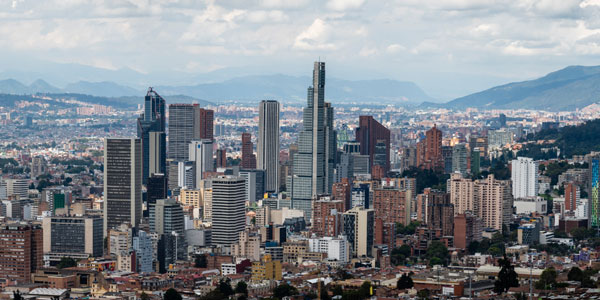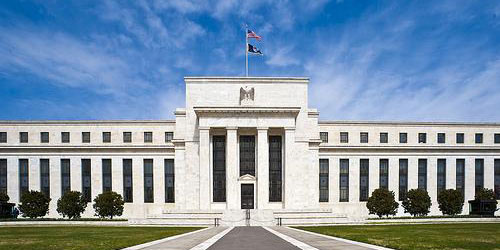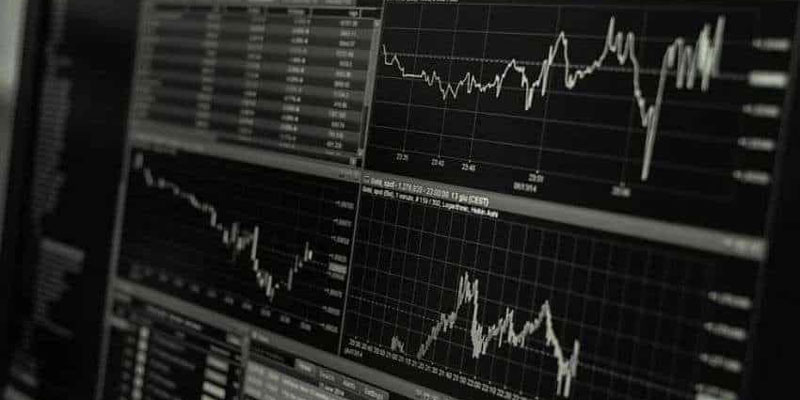Hyperinflation and political instability plagued several Latin American countries for decades, making it a dangerous place to do business. However, the Spanish- and Portuguese-speaking regions of the Western Hemisphere fell behind while the English- and French-speaking areas benefited from increased commerce.
It's today when they finally begin to close the gap. While authoritarianism and corruption are still problems in some parts of Latin America, they are the exception rather than the rule.
Chile
Chile's remarkable economic growth in recent years is one of the Americas' best-kept secrets. This country has aggressively sought out foreign investment since at least the totalitarian administrations of the 1970s.
Decree-Law 600 allows non-local investors to benefit from the same laws as local investors. There are a lot of benefits to this. The highest rate in the world for corporations is 27% in Chile.
Colombia
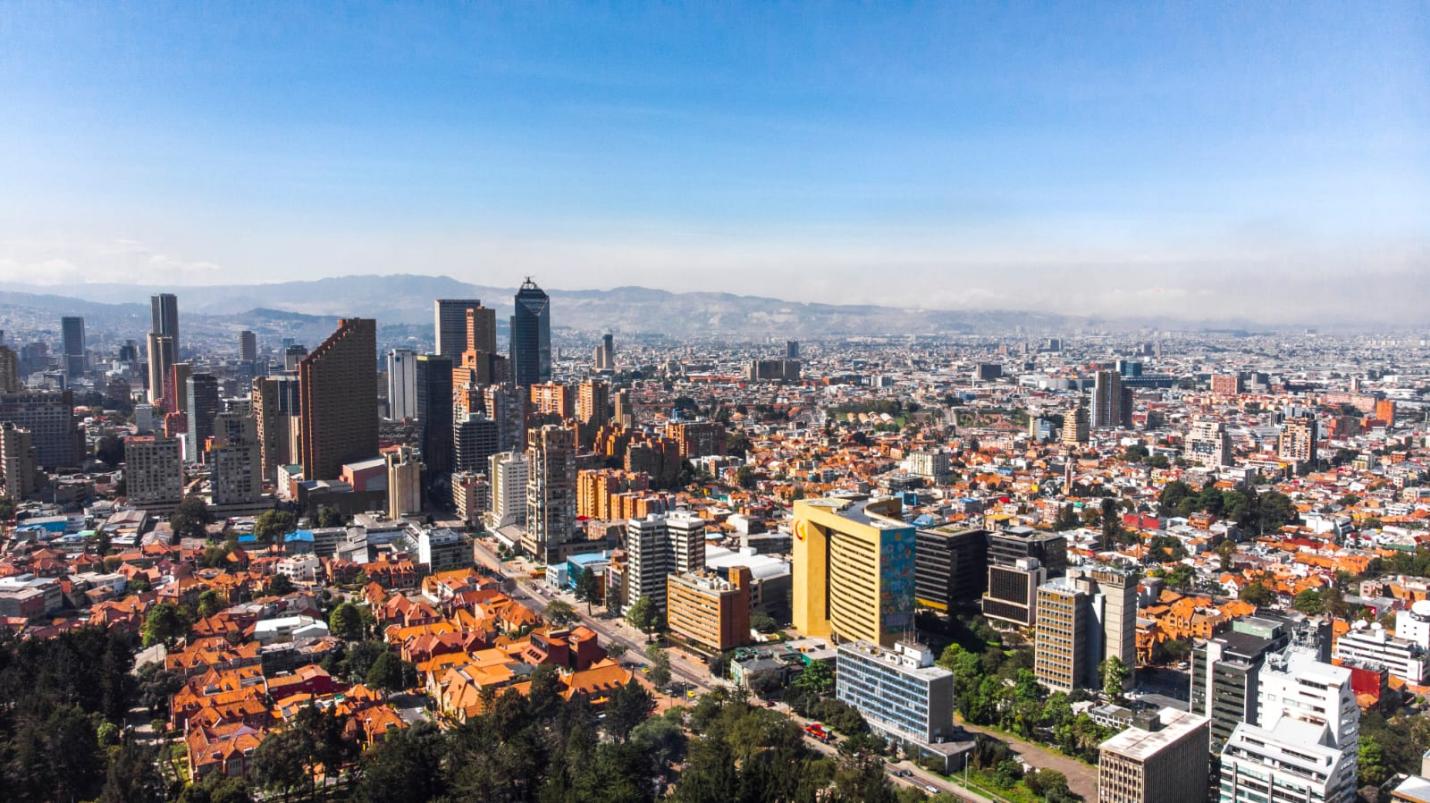
The fate of Colombia and its 49 million people are tied to the success of its most important trading partner, the United States, via chance, need, or design. In 2021, the United States was the destination for $11.6 billion in Colombian exports or 29% of the country's total export market.
Although Colombia lacks what is generally considered a developed industrial economy, it is possible for a country to succeed despite this. It possesses a wealth of agricultural and natural resources, as well as the infrastructure to put them to use. It is among the top 20 oil exporting countries in the world.
To the tune of $19.2 billion, Colombia will have made from selling oil and other minerals abroad in 2021. The government has maintained a trade liberalization policy, with measures such as reducing corporate income taxes.
Peru
Since the 1990s, Peru's economy has grown fast, and the country's gross domestic product has more than tripled since the turn of the century. The effects are visible; before the coronavirus outbreak, Peru was well on eliminating poverty at a considerably quicker rate than was anticipated.
The percentage of Peruvians living on less than $5.50 per day dropped from 35.6% to 20.6% between 2009 and 2019, showing that more than a third of the poorest individuals in the country were able to lift themselves out of poverty.
Mexico
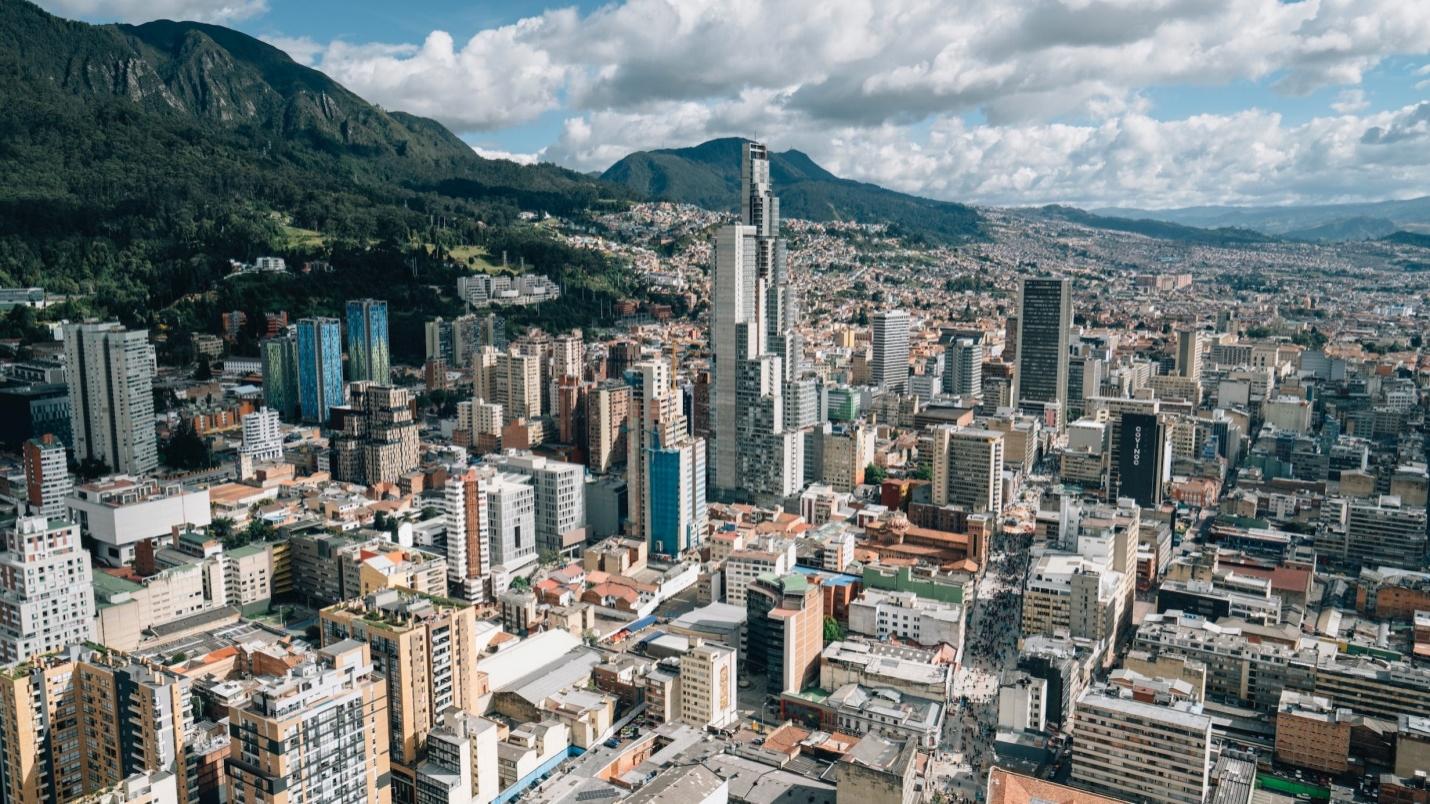
The North American Free Trade Agreement (NAFTA) was the most well-known trade agreement of the previous several decades, and it included Mexico, Canada, and the United States as signatories. The United States-Mexico-Canada Agreement replaced NAFTA in 2020.
The United States is, unsurprisingly, Mexico's most significant trading partner, accounting for 45% of Mexico's imports and 83% of Mexico's exports in 2021. 1718 This new deal not only lowered tariffs but also expanded worker safeguards and introduces new means for enforcing them in Mexico.
Who Are The Top Investors In Latin America?
Europe accounts for over 40% of all FDI to the area in 2020, according to the United Nations Economic Commission for Latin America and the Caribbean. However, this study treats the entirety of Europe as a single region. In 2020, the United States received 37% of FDI from Latin America. 21
Amount of U.S. Investment in Latin America
In 2020, the United States will account for around 37% of all foreign direct investment (FDI) into Latin America. The United States is also the leading origin of M&''A and new initiatives. The average annual amount of new investment projects announced by U.S. firms was roughly $20 billion from 2010 to 2019 and $14 billion in 2020.
What is China's Investment in Latin America?
As a result of the frequent use of intermediary countries, calculating the total amount of Chinese FDI in Latin America is challenging. There is little question that China, the third largest foreign direct investment (FDI) source in the world, is investing heavily in Latin America and the Caribbean.
Between 2010 and 2019, Chinese M&''A announcements involving Latin American firms totaled an annual average of over $7 billion, falling to just below $6 billion in 2020. About $5 billion in new yearly investment projects were announced throughout the same decade.
Is China's Interest in Latin America Strategic?
China has been pouring a lot of money into Latin American infrastructure and business as part of its One Belt, One Road plan. In addition to giving Chinese companies access to new markets, manufacturers, and raw materials, this multi-trillion dollar initiative is meant to offer developing countries an alternative to Western-led globalization.
Summary
Instead of being a concrete concept, the "global economy" is usually only a convenient talking point. A smaller and smaller chasm separates the developed from the developing nations as impediments to the free flow of wealth between countries fall by the wayside.

